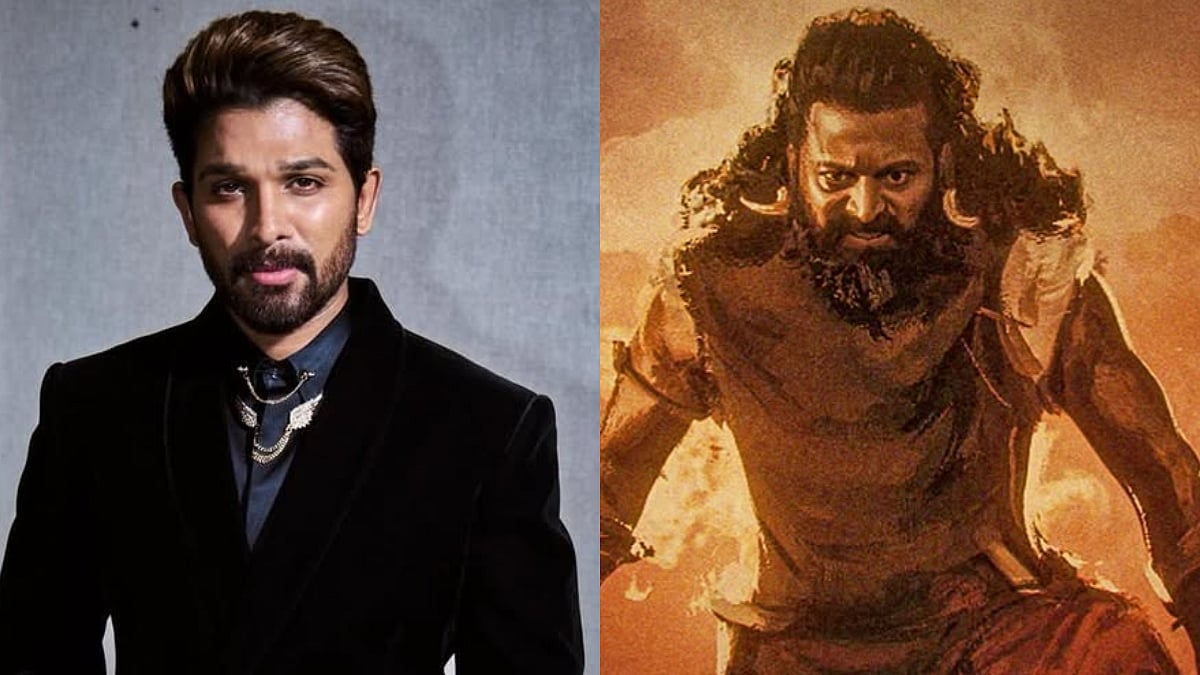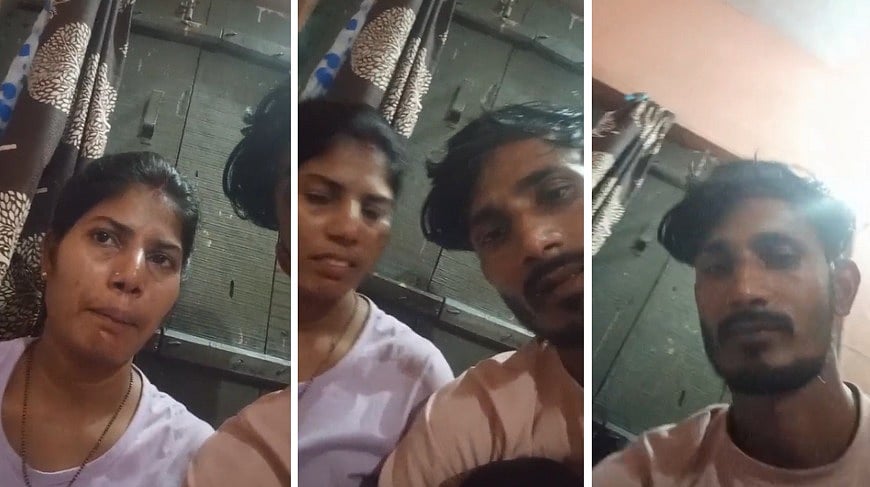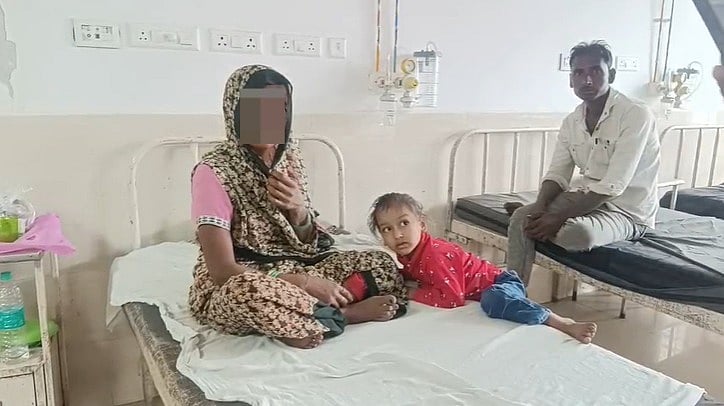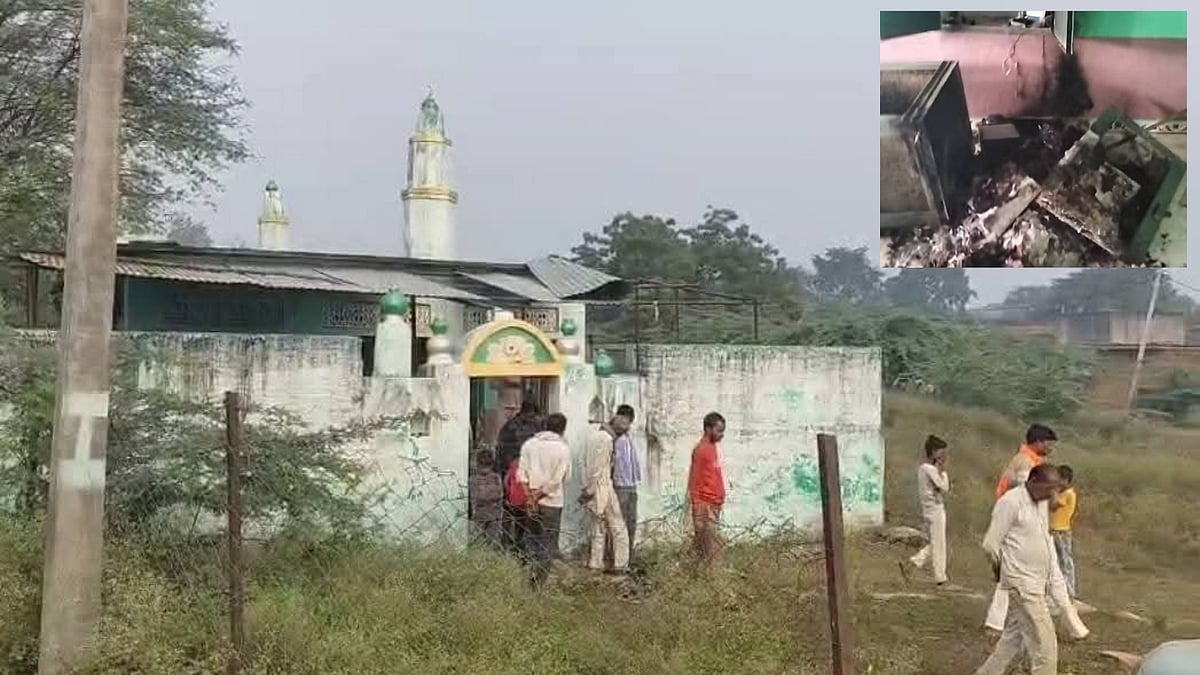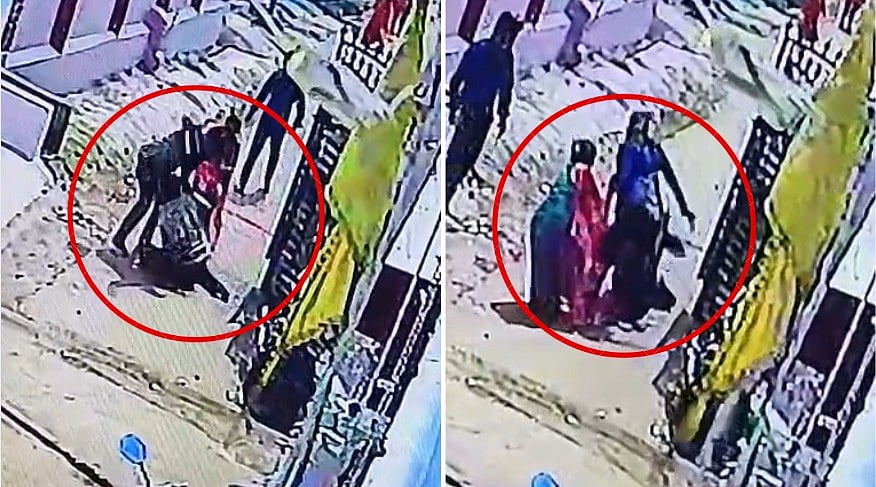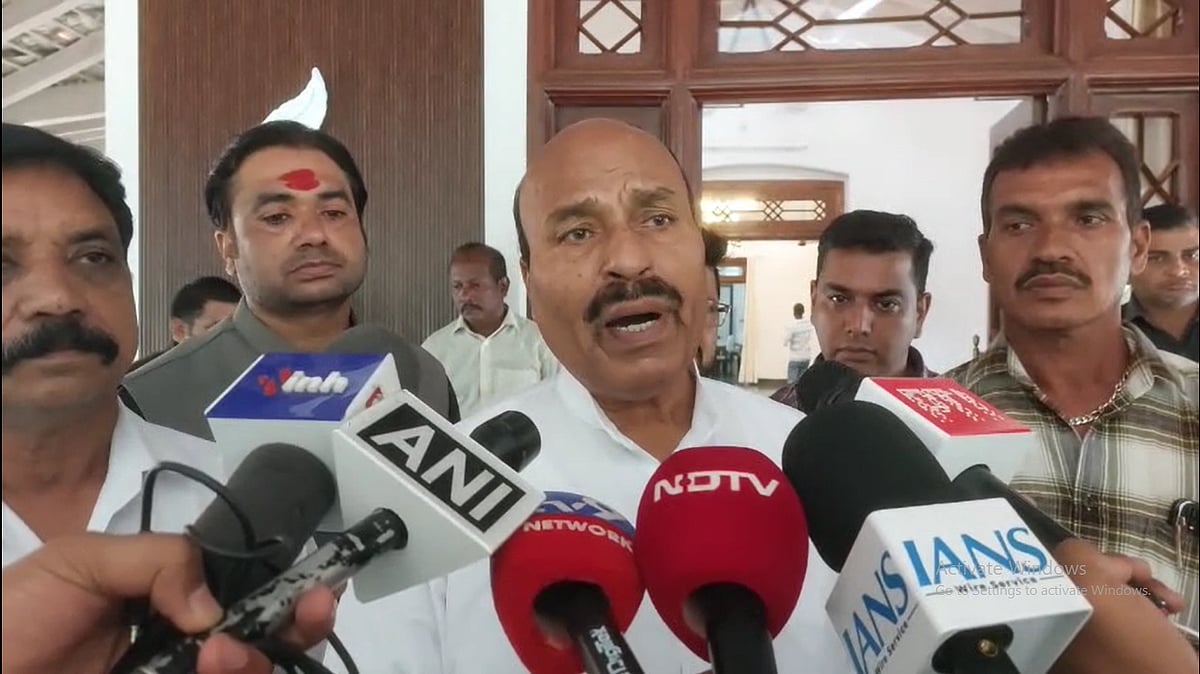Bhopal (Madhya Pradesh): India got freedom from the British in August 1947. But Bhopal became free almost two years later, in June 1949. And for that, the people of Bhopal had to launch a Merger Movement.
The movement for the merger of Bhopal with Union of India began in 1947 and lasted till Hamidullah Khan, the Nawab of Bhopal, signed the instrument of accession with the Government of India on April 30, 1949, which came into effect from June 1, 1949.
Dr Alok Gupta, the son of Bhai Ratan Kumar, one of the leaders of the merger movement, said Nawab had proposed a plan after Independence under which all the princely states were to be given the status of independent nations. The proposal was rejected by the government. The merger movement was launched in Bhopal, Berasia, Raisen, Vidisha and Sehore.

According to Gupta, when a delegation of leaders from Bhopal met Patel and sought his help to merge Bhopal with India, he said that he won’t be able to do much unless people of Bhopal would launch a movement. Besides Bhai Ratankumar, Surajmal Jain, Shankardayal Sharma, Laxmi Narayan Simhal and Thakur Lal Singh were its key leaders.
Former ASI Superintending Archaeologist Narayan Vyas said that it was wrong to presume that the history of Bhopal began with Dost Mohammed Khan. The history of Bhopal begins from prehistoric times. Remains from prehistoric era up to the period of Nawabs are scattered all over Bhopal and its adjoining areas. Humans have inhabited this area for at least 1.5 million years, he told Free Press.
Rock paintings, rock shelters and stone tools and weapons are found in many parts of Bhopal including Manua Bhan Ki Tekri, the campus of RGPV and the road leading from Chunabhatti to Bhadbhada. Ancient rock inscriptions are found at Manua Bhan Ki Tekri, he said.
About 20,000-year old rock shelters are found on RGPV campus. An ancient route that began from Ujjain that went up to Vaishali via Sanchi and Vidisha passed through Gondarmau village. Bhopal also has remains of Gond rulers like Kamlapati. Specimens of Indo-Islamic architecture are also found in Bhopal, Vyas said.



